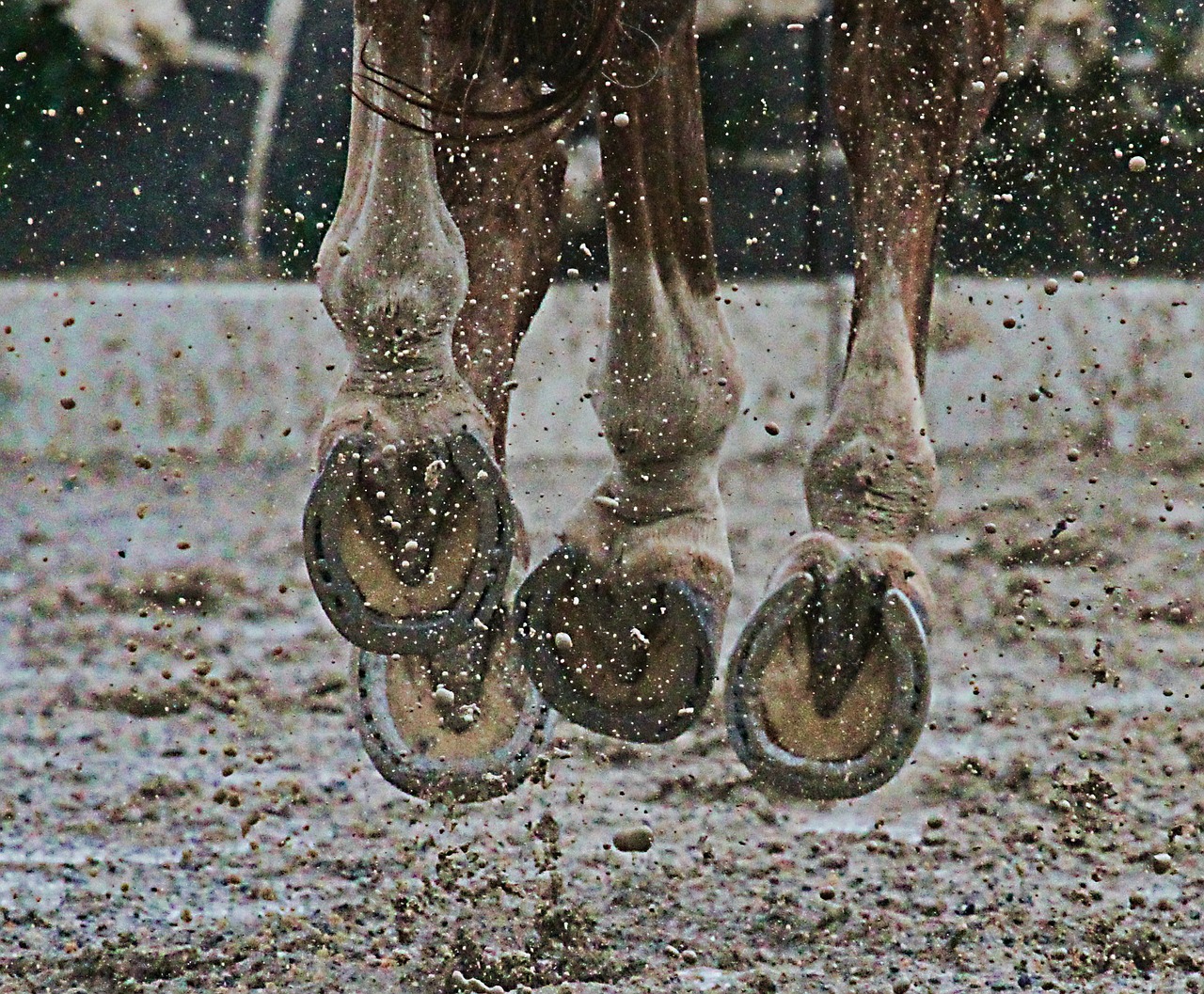One of the scariest things to find is your horse suddenly non-weight-bearing lame. Everything was fine when you fed breakfast, but when you get back from work, you have a horse who is hobbling around the paddock, and there is no sign of a struggle or trauma (and often even no swelling). The worst thoughts are always the first things that come to mind, such as a broken leg. Well… common things happen commonly, and hoof abscesses are certainly a common thing!
What is an abscess?
Abscesses in the foot start when bacteria enter the interior hoof structures. Here in Colorado, where we can deal with a lot of hard and dry conditions, followed by periods of moisture, it is a great setup to create an abscess. Consider your horse out playing in the paddock, and he gets a sole bruise. That bruise is a pocket of fluid just waiting to get infected! Once a little moisture drags some extra bacteria to that bruise area, we have the perfect media to grow more bacteria, and that creates gas and puss, which creates pressure in the confines of the hoof. It may not have been your horse out playing that created the bruise… anything from conformation issues, unsanitary housing or farrier/ trim issues can exacerbate or predispose to bruising and abscessation.
How is an abscess treated?
After you find that horse hobbling around the pen, and you have called the veterinarian, they will often begin their exam with a pair of hoof testers. These are tools used to try to localize where the abscess is in the hoof. Once localized, using a hoof knife they may try to drain the abscess through the sole of the hoof. Depending on the location of the abscess it may or may not drain through the sole of the foot. If unable to open the abscess from the bottom of the foot there will likely be a poultice applied or epsom salt soaks required for a couple of days. The poultice or epsom salt is used to draw the abscess out of the hoof and decrease the inflammation.
Here in Colorado we often will allow an abscess to mature and rupture out the top, near the coronary band. This is due to the dry Colorado climate. In areas like the Pacific Northwest or in the southeast US they might treat an abscess more aggressively to reduce the chance of complications.
On occasion abscesses can become complicated. In these instances the infection moves further up the leg creating a cellulitis. Though we do not often use antibiotics in hoof abscess cases, we might when a cellulitis is present. Cellulitis is recognizable to the horse owner due to visible swelling starting in the pastern area that can extend well up the cannon bone.
Abscesses can be ugly, but once diagnosed can be very manageable and resolve without issue.
Watch Dr. Baird demonstrate how to soak a foot in this MVS video:




